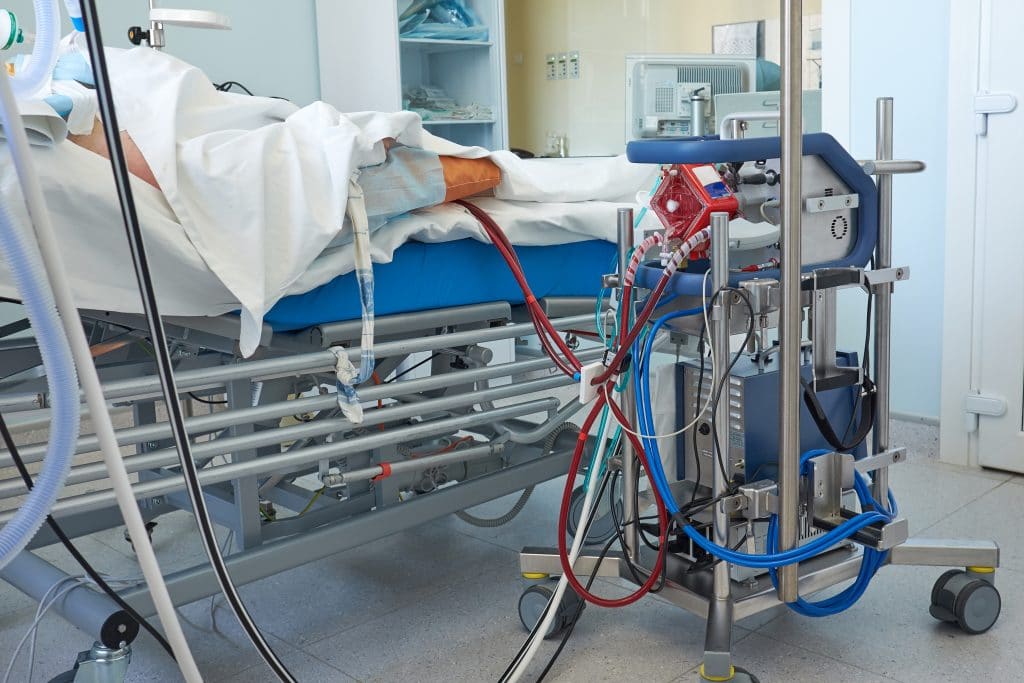Protocol-Driven Daily Optimisation of Venovenous Extracorporeal Membrane Oxygenation Blood Flows: An Alternate Paradigm?

Venovenous extracorporeal membrane oxygenation (VV ECMO) is now an established modality of support for patients with the who are failing evidence-based conventional therapies. Minimising ventilator-induced lung injury is the guiding principle behind patient management with VV ECMO. Patients with acute respiratory distress syndrome (ARDS) supported with VV ECMO are liberated from ECMO at a stage when native lungs have recovered sufficiently to support physiologic demands and the risks of iatrogenic lung injuries after discontinuation of ECMO are perceived to be small. However, native lung recovery is a dynamic process and patients rely on varying degrees of contributions from both native lungs and ECMO for gas exchange support. Patients often demonstrate near total ECMO dependence for oxygenation and decarboxylation early in the course of the illness and this may necessitate higher ECMO blood flow rates (EBFRs). Although, reliance on high EBFR for oxygenation support may remain variable over the course of ECMO, blood flow requirements typically diminish over time as native lungs start to recover. Currently, protocol-driven modulation of the EBFR based on changing physiologic needs is not common practice and consequently patients may remain on higher than physiologically necessary EBFR. This exposes the patient to potential risks because maintaining higher blood flows often requires a less restrictive fluid balance and deeper sedation. Both may be harmful in the setting of recovery from ARDS. In this article, we propose a strategy that involves daily assessments of native lung function and a protocol-driven daily optimisation of EBFR. This is followed by optimisation of sweep gas flow rate (SGFR) and the fraction of delivered oxygen in the sweep gas (FdO2). This staged approach to weaning VV ECMO allows us to fully utilise the “decoupling” of oxygenation and decarboxylation that is possible only during extracorporeal support. This approach may benefit patients by allowing for greater fluid restriction, more aggressive fluid removal, expedited weaning of sedation and neuromuscular blocking agents (NMBAs), and early physical rehabilitation. Ultimately, prospective studies are needed to evaluate optimal VV ECMO weaning practices.
